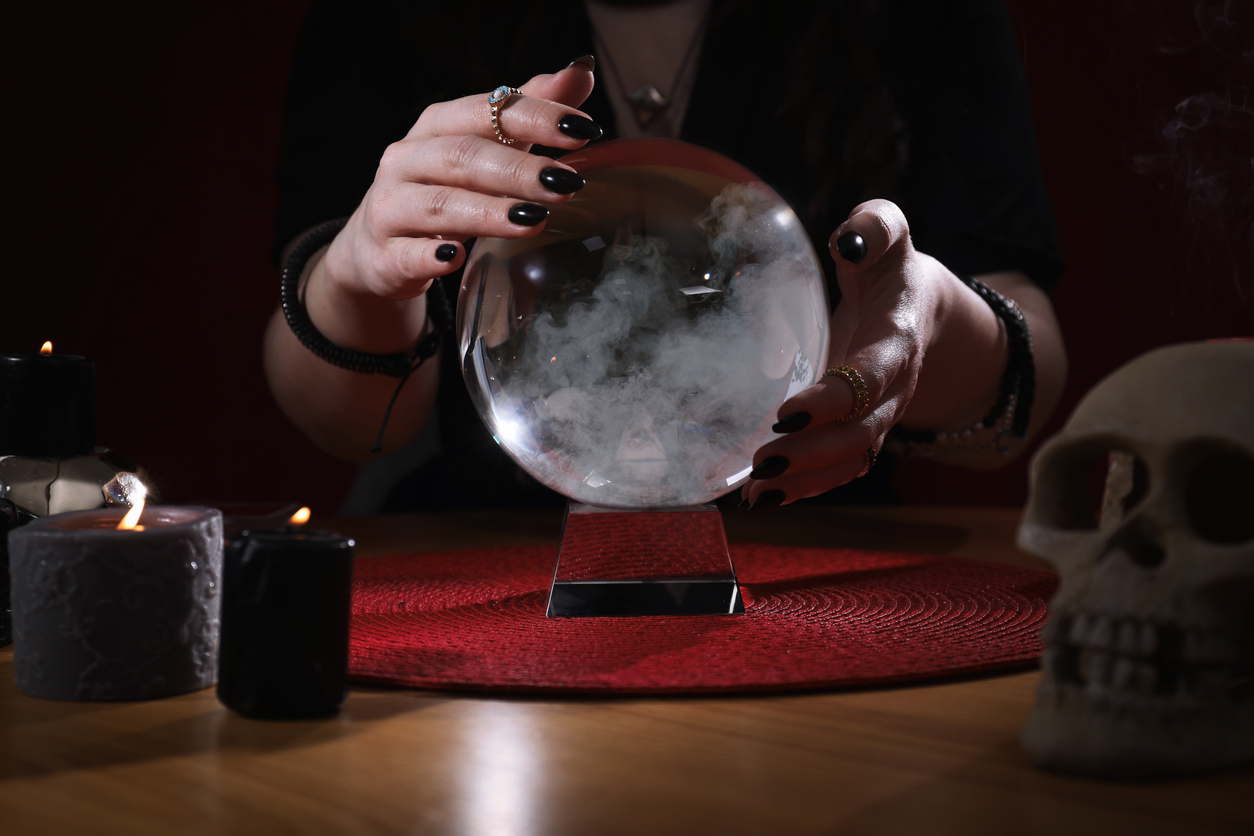The FBI has been a prominent entity of government law enforcement in the U.S. since it was first founded in 1908. Nowadays the FBI is mostly known for getting involved in only the most serious crimes that go beyond local or state jurisdiction. The FBI investigates many different types of crimes and anything that could be seen as a national security threat. In my last few blogs, I’ve gone over the very real and recent technology that the FBI uses in its investigations. Did you know, however, that there was a time that the FBI and other US government agencies took a serious look into extrasensory perception or— as it’s more commonly known— ESP?
The earliest sign of interest that the FBI showed in ESP can be found online through the FBI Vault where a library of various FBI documents are scanned and uploaded. The file details their findings while investigating William Foos, a man who claimed that he could read text through walls. The FBI believed that, were Mr. Foos’ claims true, they could prove vital to the government. Indeed, being able to see through walls, read minds, or predict the future would be a valuable asset for collecting intelligence. However, it didn’t take long before Mr. Foos’ claims were doubted. As he continued to wow the FBI with various magic tricks, his inability to divulge his methods drew the FBI’s suspicion. Even so, the FBI Vault file contains documents through 1960 so several years were spent researching ESP before it was abandoned.
Incredibly, the research began again in the 1970s, when a man named Uri Geller caught the eye of U.S. intelligence—this time not by the FBI, but the CIA. Geller made several psychic claims, from being able to bend metal spoons with his mind to reading peoples’ minds. The CIA conducted a number of experiments to test Geller’s mind-reading by asking him to copy a picture being drawn by another person who was in a different room or even sometimes miles away. Often, Geller failed at this task—but there were some odd coincidences in the bunch that seemed to convince the CIA of his legitimacy. “I did many things for the CIA. They wanted me to stand outside the Russian Embassy in Mexico and erase floppy discs being flown out by Russian agents. I had to get near someone signing a nuclear deal and bombard him with ‘Sign, sign, sign,’” said Geller, speaking about his experiences with the CIA. In 1995, a report was released that confirmed the U.S. government had been using psychics and remote viewing for military and intelligence purposes.
According to the same CIA report, the conclusion around whether paranormal and psychic phenomena are real or not is “unclear.” However, what few positive results they did get were not strong enough to be relied on in a significant way. As the FBI and other government agencies make leaps with technology, it seems less and less necessary to put stock into the claims of psychics—but it’s possible that the FBI may remain open-minded in its research.
